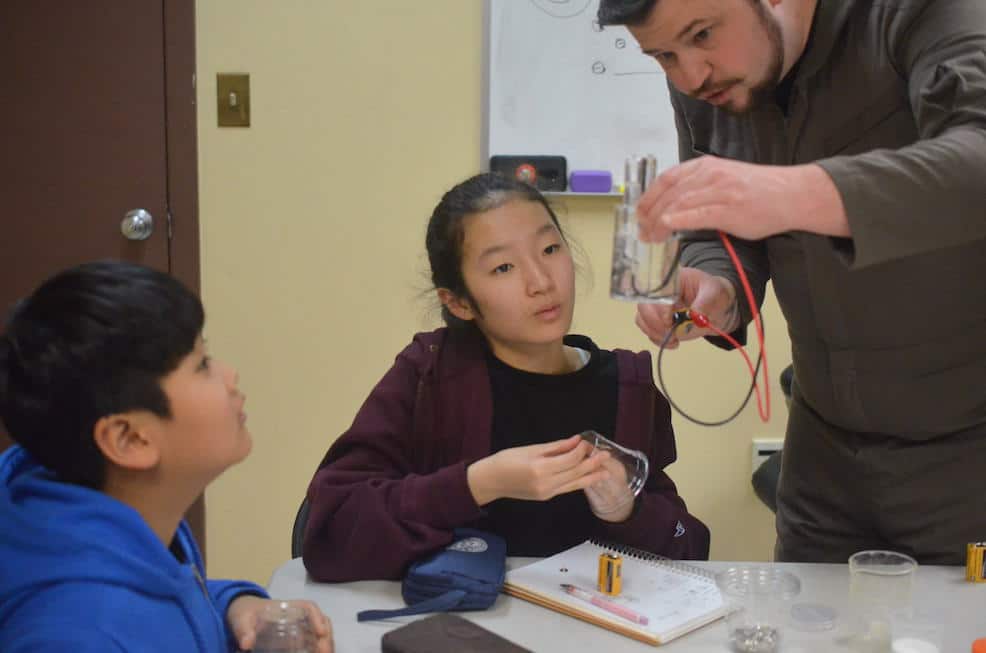Live Action Role Playing (LARP) has emerged as an innovative and engaging vehicle for museums to educate visitors about artifacts and cultures. This immersive approach involves participants actively engaging in role-playing scenarios that are often based on historical, cultural, or fantastical themes. By integrating educational LARP (also known as EduLARP) into their programs, museums can offer a more dynamic way to experience history and culture, moving well beyond traditional passive learning methods like reading a placard or watching a video.
Educational Benefits of LARP
- Enhanced Engagement and Learning Retention: LARP activities in museums create a participatory learning environment. Numerous studies have shown that active participation in learning activities significantly enhances memory retention and understanding. For instance, a study by National Training Laboratories found that the average retention rate for participatory teaching methods like practice by doing was 75%, compared to just 5% for lecture-based learning1.
- Fostering Empathy and Cultural Understanding: By stepping into the shoes of historical figures or cultural representatives, participants gain a deeper understanding and empathy for different perspectives and ways of life. This experiential learning approach is shown in research indicating that role-playing can effectively foster empathy and social understanding2.
- Encouraging Critical Thinking and Creativity: LARP in museums challenges participants to think critically and creatively as they navigate through scenarios. This aligns with educational theories that emphasize the importance of critical thinking and problem-solving skills in learning3.
How to Add LARP into Your Museum
- Design Culturally and Historically Accurate Scenarios: Right from the start of the planning stage, it’s vital for you to collaborate with historians and especially cultural advisors, who are active members in that culture, to ensure the accuracy of the LARP scenarios. This not only respects the represented cultures but also provides an authentic learning experience that doesn’t cross over into cultural appropriation. If you don’t have program designers on staff, you can bring in an experienced designer who knows how to work with cultural advisors. Another important consideration is making the LARP accessible.
- Incorporate Artifacts and Exhibits: Your LARP scenarios can be designed around specific artifacts or exhibits, allowing your guests to interact with the history or artifacts (such as replicas) and learn about them in a contextually rich setting. This method can bring life to your museum’s historical artifacts and make their stories more relatable.
- Train Staff and Volunteers: Effective implementation of LARP in museums requires recruiting and training staff or volunteers who can guide participants and ensure a safe, respectful, and educational experience. Another important aspect of the experience is to engage the participants in a Debrief so that they can connect their new knowledge with their own lived experience. Ideally, the training is accessible as an online course or hybrid program so that your additional or future staff can learn how to run the adventure outside of the original training group. This helps ensure that you are not left with a lack of people capable of running the LARP due to limited staffing.
Case Studies and Examples
Several museums have successfully integrated LARP into their educational programs. For instance, the Guangdong’s Jiangmen Museum in China has conducted LARP sessions where participants engage in scenarios based on ancient civilizations, providing a hands-on experience of history4. Similarly, the Museum of the Moving Image has hosted LARP events that immerse visitors in their exhibition “Creatures from the Land of Thra: Character Design for The Dark Crystal: Age of Resistance”5.
More museums are stepping into the realm of high interactivity in a way that doesn’t necessitate investment in expensive technology and instead capitalizes on the human to human interaction that guests of all ages crave.
Key Takeaway Points
- LARP in museums represents a dynamic intersection of education, history, and interactive storytelling.
- LARP enhances engagement and learning retention, fosters empathy and cultural understanding, and encourages critical thinking and creativity.
- Its successful implementation, as seen in institutions like the British Museum and the National Museum of Denmark, proves its potential in transforming how museums educate and connect with their visitors.
- The key to its effectiveness lies in the careful design of scenarios with cultural advisors, integration with artifacts, and skilled facilitation.
—
References
- National Training Laboratories, “Learning Pyramid,”
- The Effect of Roleplay to Increase Empathy Toward Students with Disruptive Classroom Behavior
- The Importance of Critical Thinking on Teaching Learning Process
- Guangdong’s Jiangmen Museum LARP
- Museum of the Moving Image LARP
Guardian Adventures provides LARP and game consulting and program development for museum and science centers, summer camps, amusement & attraction industries, and more.







